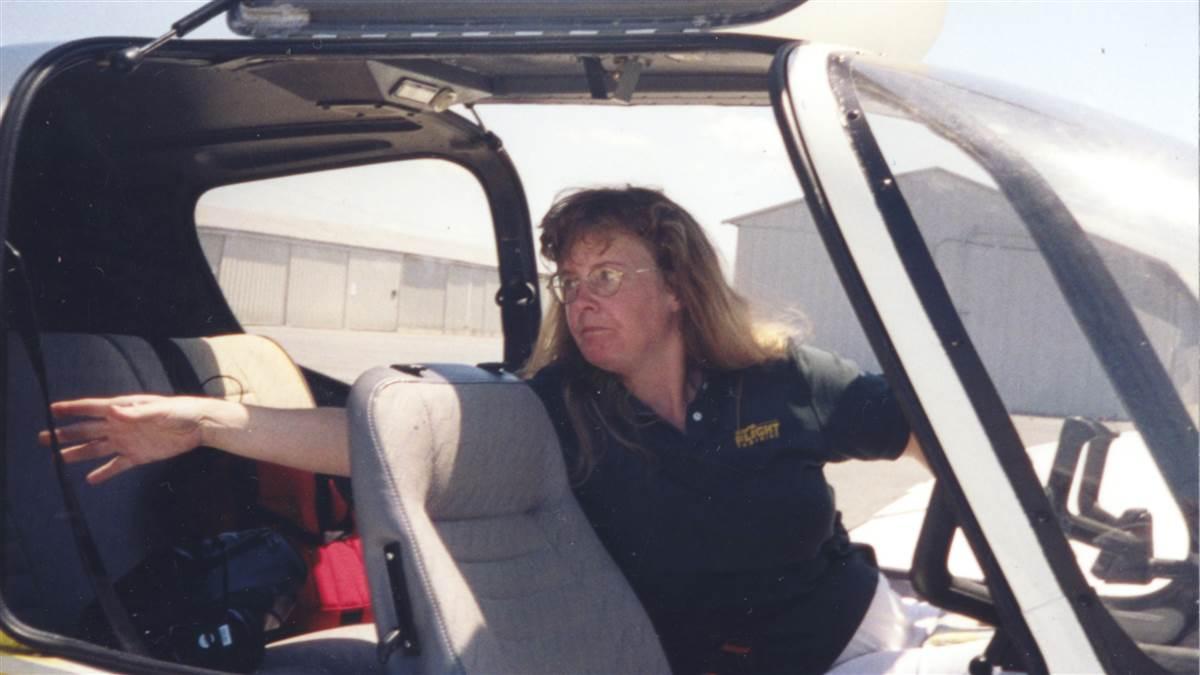Around the Patch: Give yourself a break

I have seen a lot of social media posts lately in which student pilots berate themselves for not being good enough at flying.
I’m not talking about people who have been pounding away at flight lessons for months, or even several weeks. I’m talking about people who, after two or three lessons, don’t understand why learning to fly is so hard. Is flying really for them? Should they just quit?
Learning to fly is hard, for many of us. Flying is not what we were designed to do. It takes us out of the comfort of operating on a two-dimensional axis, where there’s solid ground underfoot. Now we’re in operating in three dimensions, usually a few thousand feet above the ground.
Of course it’s not easy. Why would you think it would be easy? I equate learning to fly with learning to crawl, then walk, then run. It’s done in stages and it takes time. Did you learn to walk after only three tries? I wasn’t there, but I can assure you, you did not. So give yourself a break. You can do this.
Presolo students, this next part of the lecture is for you. Are you watching the hours rack up and wondering why you haven’t soloed? Or if you’re ever going to solo? Stop it.
Years ago, people soloed at seven, eight, or nine hours. I don’t know how they did it and I’m not sure they know how they did it. For some reason people think this is the gold standard for soloing, and if you fall outside that parameter, somehow you are not good enough.
That’s bunk. You are not competing with the other students at your flight school, or the pilots you watch on YouTube. You are only competing with yourself.
When it comes to soloing, there are so many variables that factor into when you’re ready. Let’s look at a few.
Schedule: Are you flying regularly? If you can fly two or three times a week, that helps you to progress and solidifies what you’re learning without having to go back and review as much. Most people try to fly once a week, but stuff happens—weather intervenes, airplanes break own, family issues pop up. “Once a week” becomes a few times a month or even once a month—and that’s detrimental to progress.
Weather: Low ceilings or a little too much wind and that’s it for your planned solo. Be patient and know that the weather is always changing, and it will happen for you.
Age: You’re never too old to learn to fly, but a 40-year-old is not going to pick it up as easily as a teenager might. It may take a little longer to solo, but you will solo. I believe in you.
I can hear you, by the way. “It’s easy for you to sit there behind your keyboard and tell me not to worry when you’re not the one paying for my flight training.” I get that. The Hobbs meter keeps ticking and the money keeps adding up. All I can say is, stressing about how soon you will solo will not make that day come any sooner or save you any money. Here’s what might: chair flying and practicing your flows and emergency checklists; thoroughly debriefing and reviewing your lessons; and practicing on a desktop simulator.
The Air Race Classic is an annual event in which women pilots compete on a 2,000-nautical-mile cross-country course. Obviously when some people are flying Cirruses and some people are flying Cessna 172s and others are flying Piper Comanches, the playing field isn’t equal. So the women don’t race against each other—they race against a handicap set in advance of the event, trying to beat that time using winds aloft.
That’s how we should approach flight training. We’re not trying to be better than other pilots—we’re trying to be the best pilot we can be. It might take us a little longer than some to get across the finish line, but at the end of the day we’re all winners.



